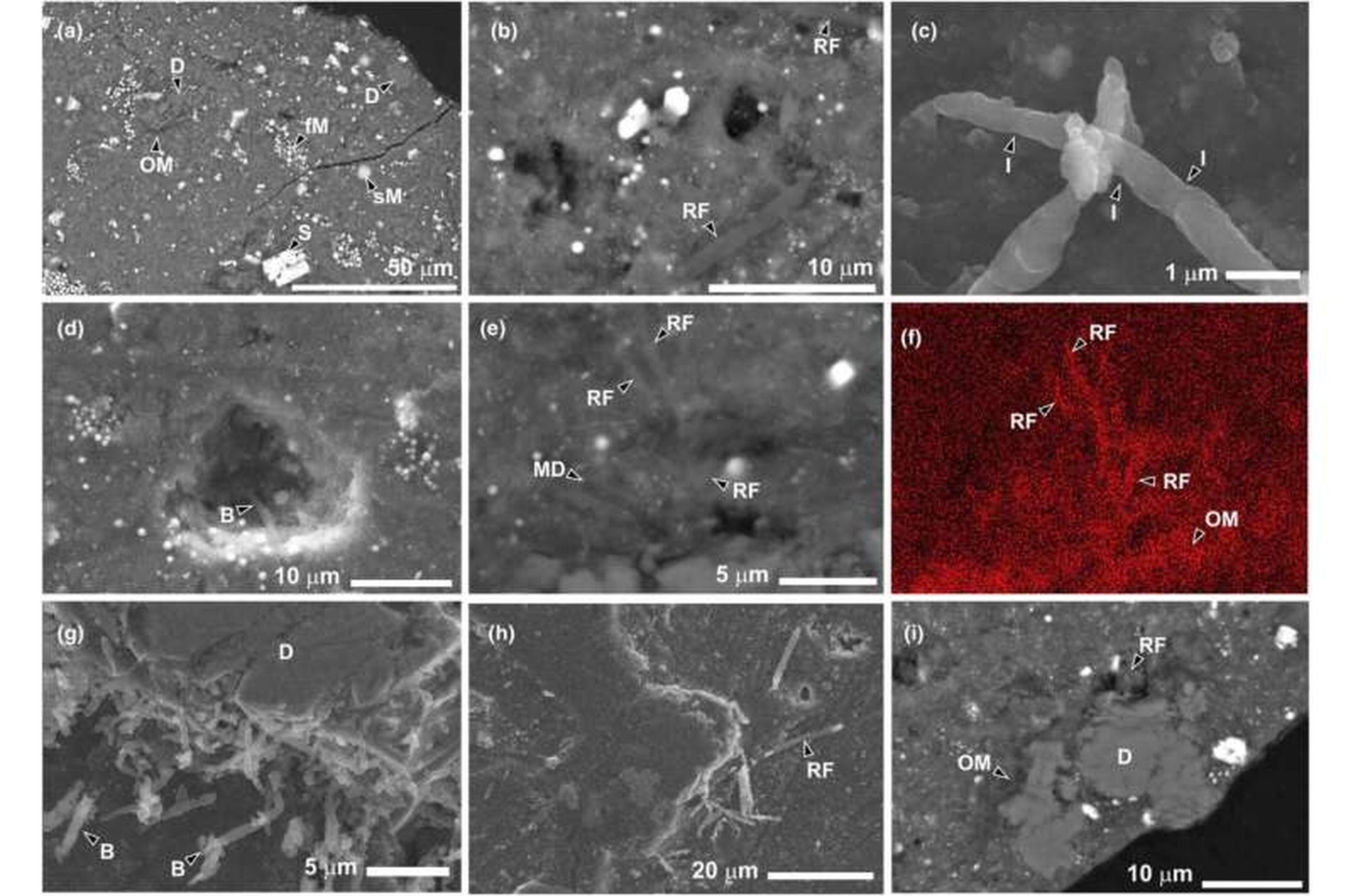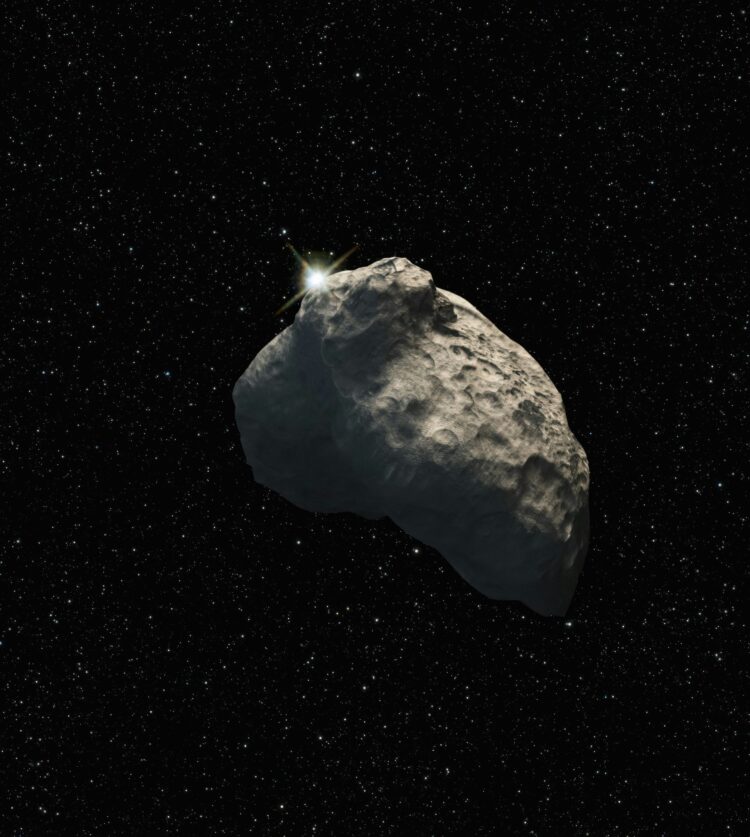Scientists have discovered unexpected microbial life on samples retrieved from the asteroid Ryugu by Japan’s Hayabusa2 spacecraft. The samples collected during the mission launched in December 2014 and returned to Earth on December 6, 2020, raised important questions regarding contamination and the potential for life in extraterrestrial environments.
The research team found that these asteroid samples quickly became home to Earth-based microorganisms after exposure to our atmosphere. Within a week of being opened, the Ryugu samples exhibited microbial life, primarily from soil bacteria, including Bacillus. This rapid colonization suggests that the microbes were not present before the samples were collected in space.
Why microbial life on Ryugu samples raises big questions for space exploration
Matthew Genge, a paleontologist at Imperial College London, noted, “We found microorganisms in a sample returned from an asteroid. They appeared on the rock and spread quickly before dying off.” This finding showcases the adaptability of terrestrial life and raises ethical and procedural concerns about future space missions searching for genuine extraterrestrial organisms.
The Hayabusa2 mission employed stringent biosecurity measures, such as sterilized tools and nitrogen atmospheres, to prevent contamination. However, despite these efforts, life managed to infiltrate the samples, leading researchers to examine how effectively current protocols safeguard against Earth-based contamination during cosmic exploration. Investigations are ongoing to determine better practices for maintaining the integrity of samples retrieved from other celestial bodies.

As the world looks to Mars and beyond in the ongoing quest for extraterrestrial life, understanding the dynamics of Earth microorganisms in space-derived samples becomes increasingly crucial. Genge emphasized, “The fact terrestrial microbes can colonize makes it hard to ascertain whether the materials we recover are genuinely alien or simply contaminated.” This statement reflects concerns shared by many researchers dedicated to investigating the cosmos.
Similar contamination challenges are not confined to the Ryugu samples. Earth organisms’ resilience and adaptability prompt essential questions regarding future missions to Mars or the Moon. Strengthening planetary protection protocols is vital in ensuring sample integrity and limiting the introduction of Earth-based microbes in space environments.
The research team reported that within one week of exposing the Ryugu sample to Earth’s atmosphere, microbial populations surged from 11 to 147 organisms. Such rapid colonization highlights both the effectiveness of microbial life on Earth and the potential implications for future explorative missions to other planets, where the search for organic materials could lead to the formation of ecosystems from terrestrial origins.
While these findings contribute significant insights, they do not offer definitive information about extraterrestrial life. Genge stated that further DNA studies would be necessary to determine the exact types of microorganisms discovered, although the characteristics observed strongly suggest they are common terrestrial bacteria.
The implications of this research extend beyond mere discovery; they underscore potential contamination risks for future space missions. Given the growing interest in samples from asteroids like Bennu, scientists must enhance efforts to mitigate contamination and improve processes before claiming evidence of extraterrestrial life.
The findings were published in Meteoritics & Planetary Science, prompting further discussion on the boundaries between Earth and space exploration. As researchers prepare for further analyses of asteroid materials, emphasis on rigorous protocols will be essential to preserve the scientific value of these samples.
The unexpected discovery of microbial life on Ryugu samples illustrates the tenacity of Earth-based organisms. As scientists prepare for future missions and discoveries, the lessons learned from Ryugu will remain central to addressing the potential for contamination and ensuring the validity of findings that could reshape our understanding of life’s origins in the universe.
Image credit: NASA Hubble Space Telescope/Unsplash





